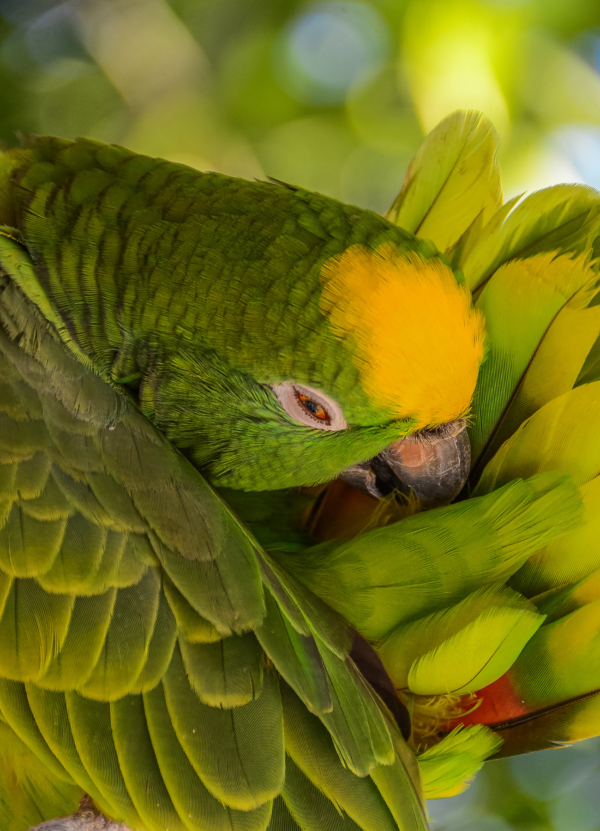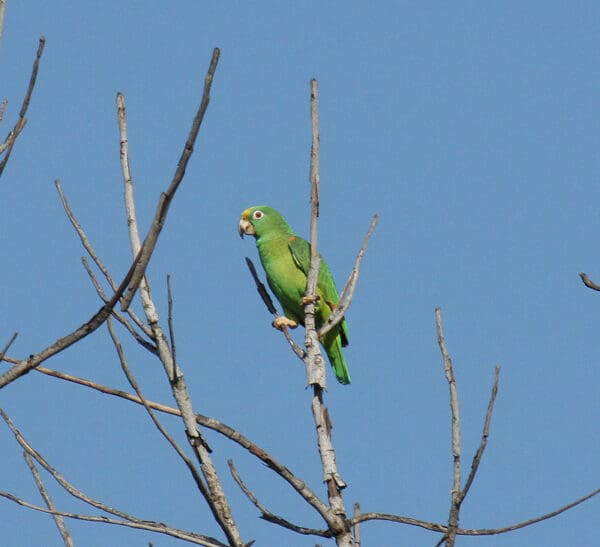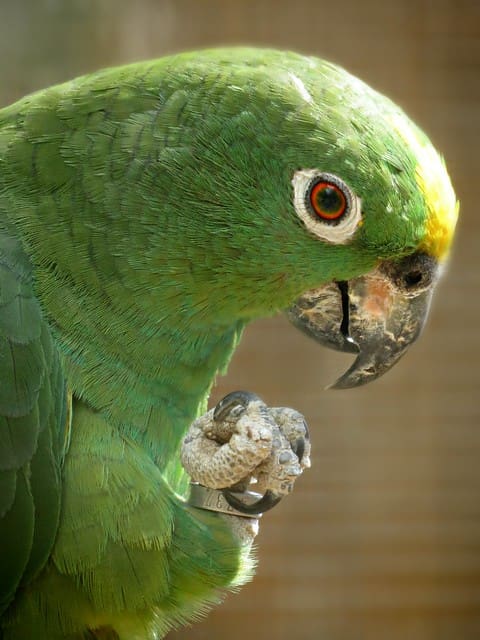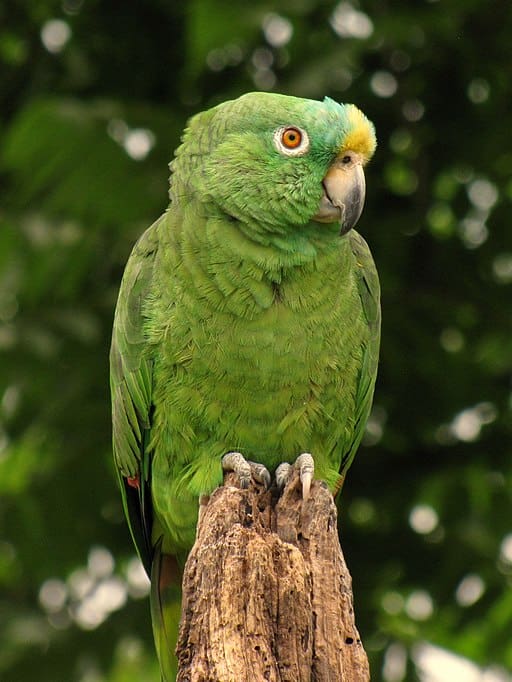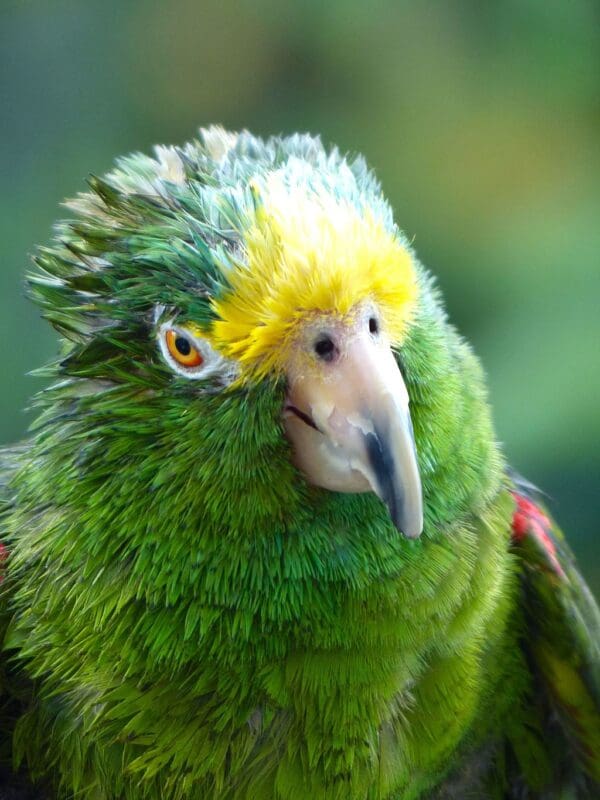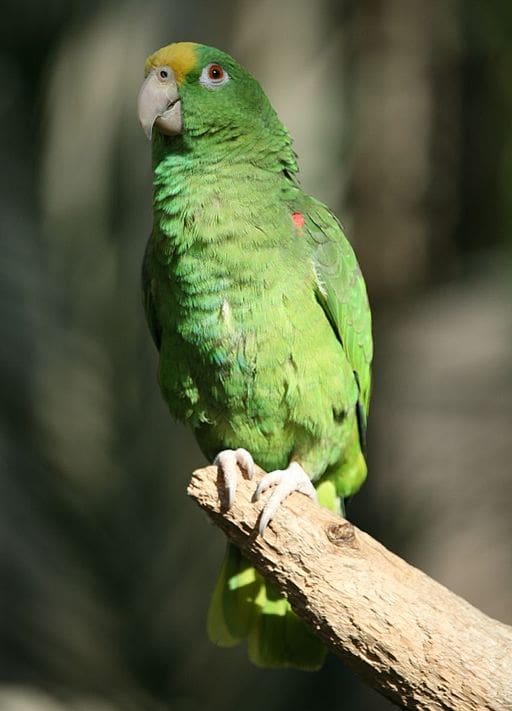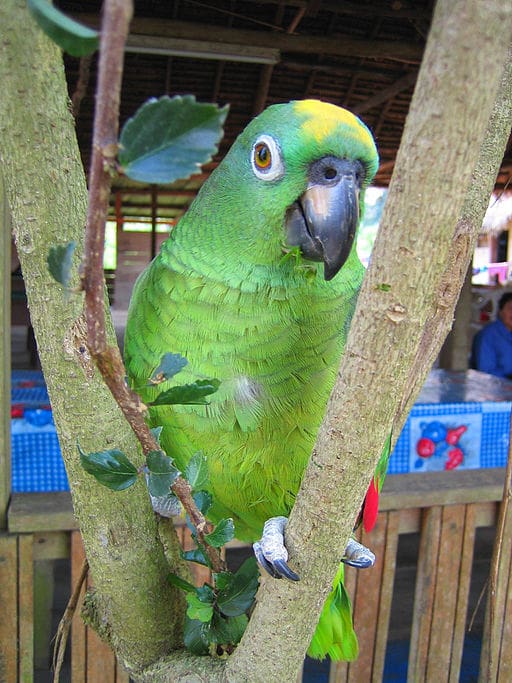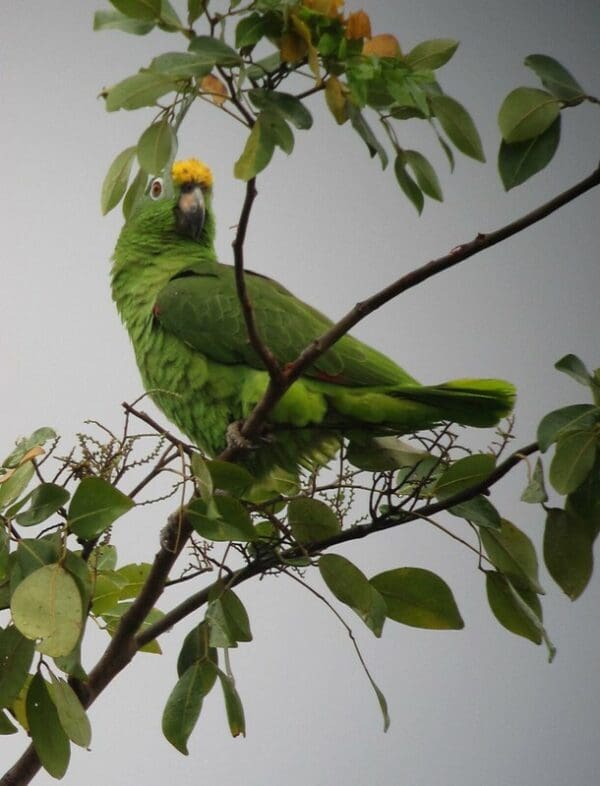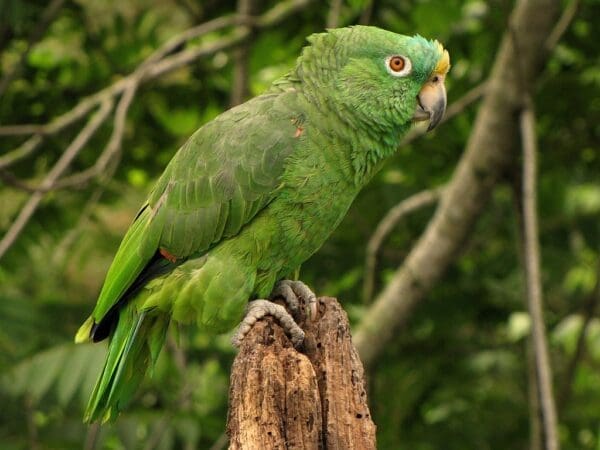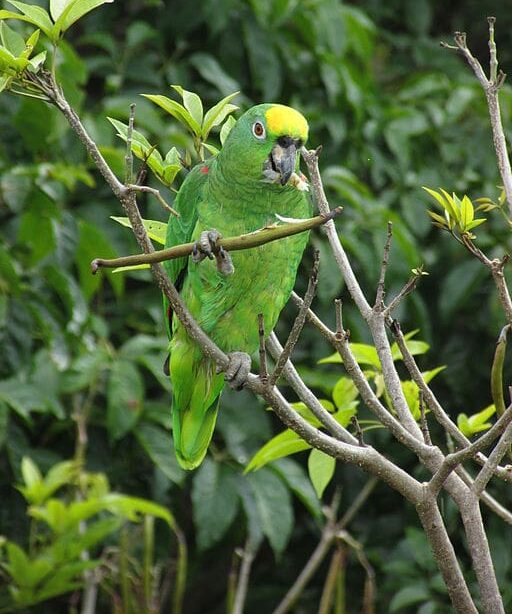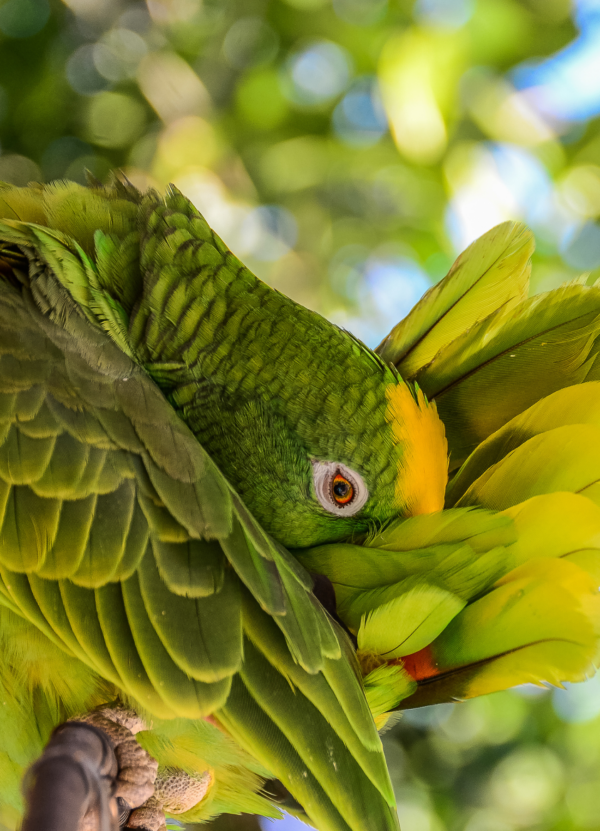Yellow-crowned Amazon
Also known as:
Yellow-crowned Parrot, Yellow-fronted Amazon or Parrot (A.o. ochrocephala) Marajo Yellow-crowned Amazon (A.o. xantholaema) Natterer's Amazon (A.o. nattereri) Panama Amazon or Parrot, Panama Yellow-fronted Amazon (A.o. panamensis)
Also known as:
Yellow-crowned Parrot, Yellow-fronted Amazon or Parrot (A.o. ochrocephala) Marajo Yellow-crowned Amazon (A.o. xantholaema) Natterer's Amazon (A.o. nattereri) Panama Amazon or Parrot, Panama Yellow-fronted Amazon (A.o. panamensis)
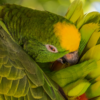
![© Cathie Barron [CC BY-NC 2.0] via Flickr](https://gt2024.parrots.org/wp-content/uploads/2023/01/wpt_Yellow-crowned-Amazon_1096-10-100x100.jpg)
![© Linda de Volder [CC BY-SA 2.0] via Flickr](https://gt2024.parrots.org/wp-content/uploads/2023/01/wpt_Yellow-crowned-Amazon_1096-8-100x100.jpg)
![© Alejandro Bayer Tamayo [CC BY-SA 2.0] via Wikimedia Commons](https://gt2024.parrots.org/wp-content/uploads/2023/01/wpt_Yellow-crowned-Amazon_1096-7-100x100.jpg)
![© Geolina163 (Own work) [CC BY-SA 3.0] via Wikimedia Commons](https://gt2024.parrots.org/wp-content/uploads/2023/01/wpt_Yellow-crowned-Amazon_1096-5-100x100.jpg)
![© Bruno Girin [CC BY-SA 2.0] via Wikimedia Commons](https://gt2024.parrots.org/wp-content/uploads/2023/01/wpt_Yellow-crowned-Amazon_1096-4-100x100.jpg)
![© Gianni Scopinaro [CC BY 2.0] via Wikimedia Commons](https://gt2024.parrots.org/wp-content/uploads/2023/01/wpt_Yellow-crowned-Amazon_1096-3-100x100.jpg)
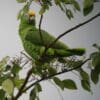
![© Alejandro Bayer Tamayo Alejandro Bayer Tamayo [CC BY-SA 2.0] via Wikimedia Commons A wild Yellow-crowned Amazon perches on a stump](https://gt2024.parrots.org/wp-content/uploads/1991/02/Yellow-crowned-Amazon-Alejandro-Bayer-Tamayo-100x100.jpg)
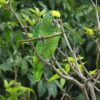
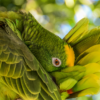
DID YOU KNOW?
The Yellow-crowned Amazon has four subspecies: ochrocephala, xantholaema, nattereri and panamensis.

Amazona

ochrocephala
Size:
31-38 cm (12.1-14.8 in)
Weight:
380-500 g (13.3-17.5 oz)
Subspecies including nominate:
four: A.o.ochrocephala, A.o. xantholaema, A.o. nattereri, A.o. panamensis
Colour Adult:
A.o. ochrocephala: Both adults green, nape to back feathers edged dusky black; yellow forehead and lores marked green; forecrown yellow; thighs green washed with yellow; bend of wing red; yellow/green carpal edge; feather bases of secondaries 1-5 red, the remainder green; green tail with red at base. Beak dark grey with orange at sides of upper mandible. Eye ring white, eye orange.
A.o. xantholaema: Both adults green in general; yellow reaching to nape, ear coverts and upper cheeks; frontal band green; yellow thighs; larger.
A.o. nattereri: Both adults as in ochrocephala but darker green in general; green cheeks, ear coverts and throat washed with blue; occasional tint of blue to underparts.
A.o. panamensis: Both adults yellow forehead, forecrown and lores; hindcrown blue/green to area above eyes; minimal red on bend of wing; thighs usually green, and sometimes washed with yellow; smaller in size.
Colour Juvenile:
Immatures duller than adults, have yellow on forehead only, less visible red on bend of wing. Beak dark brown/grey. Eye brown.
Call:
Wide variety of shrieks and whistles. Also boisterous screams. Excellent mimic in captivity.
More Information:
Content Sources:
CITES
BirdLife International
Cornell Lab of Ornithology/Birds of the World
Parrots: A Guide to Parrots of the World, Juniper and Parr, 1998.
Parrots: Status Survey and Conservation Plan 2000-2004, Snyder, McGowan, Gilardi and Grajal, 2000.
Parrots of the World, Forshaw, 2006. 2010 edition
Lexicon of Parrots, Thomas Arndt.
Parrots in Aviculture, Low, 1992.
Psittacine Aviculture, Schubot, Clubb and Clubb, 1992.
Avian Pediatric Seminar Proceedings, various authors, 1988.
Captive Status:
Common (nominate race) to uncommon (panamensis).
Longevity:
50-60 yrs
Housing:
Aviary or suspended cage, minimum length 3 m (9.8 ft).
Diet:
Fruit such as: apple, pear, orange, cactus fruits, pomegranate, banana, forming about 30 percent of diet; fresh vegetables such as: carrot, celery, green peas, beans, fresh corn and green leaves. Cooked/sprouted beans or pulses. Spray millet, mix of small seeds, limited sunflower; complete kibble.
Enrichment:
Bathing using overhead misters or shallow water bowls; foot toys, destructible (non-toxic) wood block or vegetable tanned leather toys, non-destructible (non-toxic plastic) toys, food-finder toys, preening toys, different texture and size hanging perch toys; fir, pine, willow or elder branches, push-and-pull toys (sliding up and down).
Nest Box Size:
12″ x 12″ x 24″ (30.5 cm x 30.5 cm x 61 cm) vertical box.
Clutch Size:
2 or 3
Fledging Age:
9-11 weeks
Hatch Weight:
—
Peak Weight:
—
Weaning Weight:
—
World Population:
Unknown; described as common in parts of range. Declining.
IUCN Red List Status:
Least Concern
CITES Listing:
Appendix II
Threat Summary:
Heavily trapped for wild bird trade, hunting and persecution, extensive habitat loss.
Range:
A.o. ochrocephala: Guianas and NE Brazil, Venezuela and E Colombia; possibly introduced Trinidad.
A.o. xantholaema: Ilha do Marahjo, at mouth of Amazon River, NE Brazil.
A.o.nattereri: S Colombia, south through E Ecuador and E Peru to Santa Cruz, E Brazil to NW Mato Grosso, Brazil.
A.o. panamensis: Panama and NW Colombia.
Habitat:
Well-wooded areas, humid forest, forest margins or clearings, open deciduous areas, savanna woodland, gallery woodland along rivers or creeks, tall secondary growth forest; less commonly in mangroves and urban gardens or parks. Up to 750 m (2460 ft).
Wild Diet:
Feeds on seeds and flowers of trees such as Pithecellobium, Spathodea, Acacia, Curatella americana, Macuna, Pereskia guamacho, Tabebuia, Erythrina , Ficus, Terminalia and Euterpe and other palms. Also takes cultivated crops such as maize, green bananas, mangos, lemons, avocados, guavas, papayas and lucerne.
Ecology and Behaviour:
Birds are found in pairs or flocks with larger gatherings at communal roosts and feed areas.
Clutch and Egg Size:
2 to 4 ovate eggs, 37.0 x 30.0 mm (1.4 x 1.2 in).
Breeding Season:
Breeds February-May in Venezuela; December-January, Colombia. Nest is in tree cavity.
Related Links:
